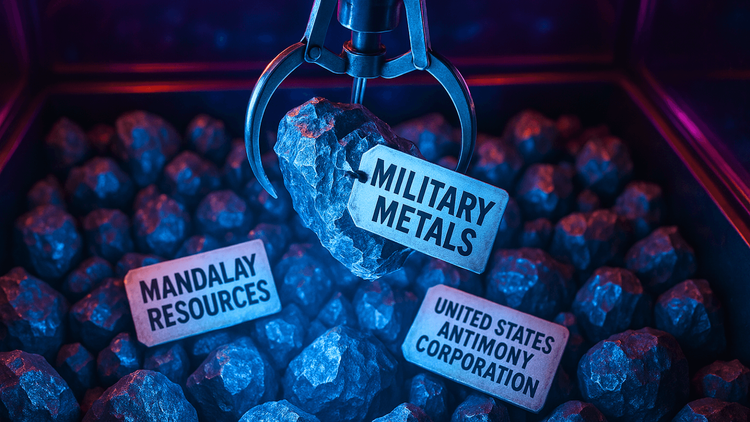Wireless Power Soars: DARPA Sets New Energy Transmission Record
A Laser-Focused Future for Wireless Energy Delivery

In a dazzling display of scientific prowess, the U.S. Defense Advanced Research Projects Agency (DARPA) has rewritten the rules of wireless power transmission. On a sun-scorched New Mexico test range in June 2025, DARPA’s Persistent Optical Wireless Energy Relay (POWER) program sent over 800 watts of power soaring across 5.3 miles (8.6 kilometers) via a laser beam, shattering previous records and sparking visions of a future where energy flows as freely as Wi-Fi (1). With a 30-second burst delivering more than a megajoule of energy, this breakthrough is no mere lab trick—it’s a bold step toward powering drones mid-flight or lighting up remote military outposts on demand. Let’s unpack this electrifying achievement and why it’s got the tech world buzzing.
The POWER program, DARPA’s brainchild for revolutionizing energy delivery, is all about beaming power with laser precision to create a resilient, multi-path energy network (2). Forget clunky power lines or heavy fuel tanks; this tech aims to zap energy to where it’s needed, when it’s needed. The June 2025 test outdid its predecessors, which had limped along at 230 watts over a mere 1.7 kilometers for 25 seconds (1). That’s like upgrading from a bicycle to a rocket ship. The new record, achieved with a compact receiver called the POWER Receiver Array Demo (PRAD), boasts over 20% efficiency at shorter ranges and is scalable for drones or other platforms (1). Built in just three months by a crack team including Teravec Technologies, Packet Digital, and the U.S. Naval Research Laboratory, PRAD’s parabolic mirror and photovoltaic cells turned laser light into usable power with finesse (1).
Why does this matter? Imagine a battlefield where drones never need to land for a recharge, buzzing endlessly with laser-fed juice. Or picture remote bases, cut off from supply lines, humming with energy beamed from miles away. The military implications are clear, but the potential doesn’t stop there. Civilian applications—like powering disaster-stricken areas or remote communities—loom on the horizon, though they’re still a twinkle in DARPA’s eye (3). The test’s success even had the team popping popcorn with some of the transmitted energy, a nod to the 1985 sci-fi flick Real Genius that proves these scientists have a sense of humor to match their smarts (4).







